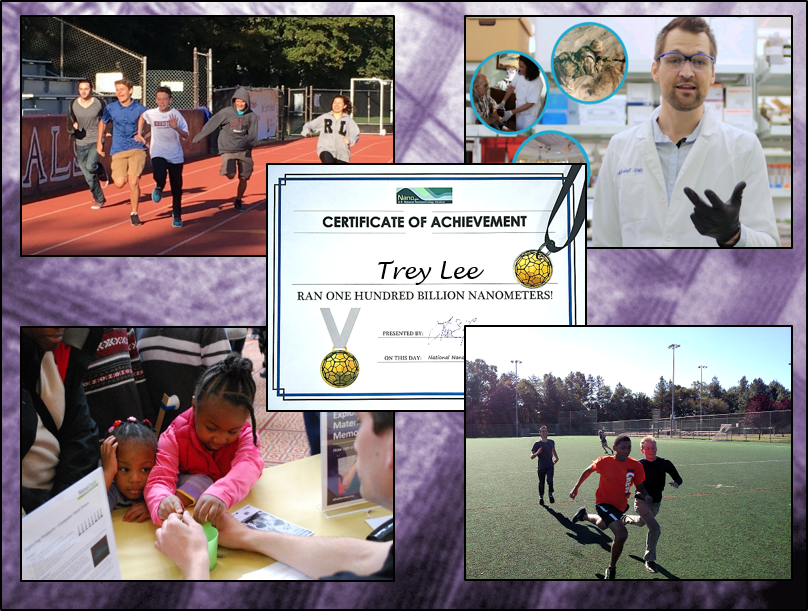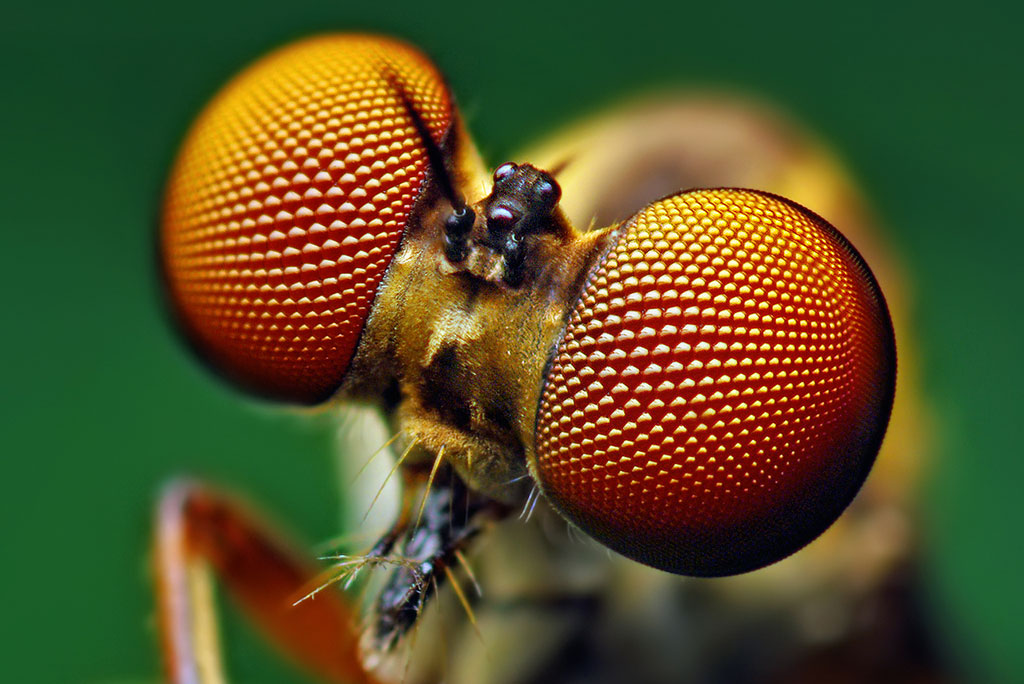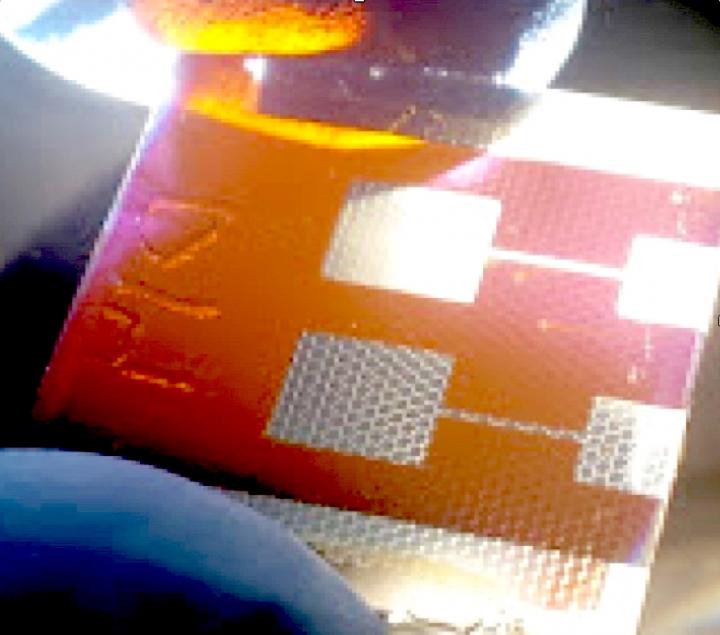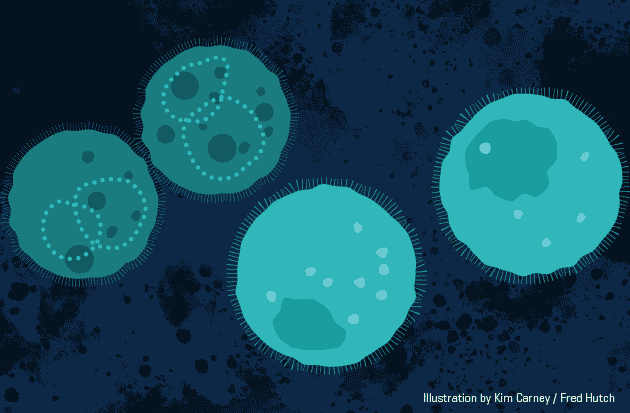What is it with the Canadian neuroscience community? First, there’s The Beautiful Brain an exhibition of the extraordinary drawings of Santiago Ramón y Cajal (1852–1934) at the Belkin Gallery on the University of British Columbia (UBC) campus in Vancouver and a series of events marking the exhibition (for more see my Sept. 11, 2017 posting ; scroll down about 30% for information about the drawings and the events still to come).
I guess there must be some money floating around for raising public awareness because now there’s a neuroscience and ‘storytelling’ event (Narrating Neuroscience) in Toronto, Canada. From a Sept. 25, 2017 ArtSci Salon announcement (received via email),
With NARRATING NEUROSCIENCE we plan to initiate a discussion on the role and the use of storytelling and art (both in verbal and visual forms) to communicate abstract and complex concepts in neuroscience to very different audiences, ranging from fellow scientists, clinicians and patients, to social scientists and the general public. We invited four guests to share their research through case studies and experiences stemming directly from their research or from other practices they have adopted and incorporated into their research, where storytelling and the arts have played a crucial role not only in communicating cutting edge research in neuroscience, but also in developing and advancing it.
OUR GUESTS
MATTEO FARINELLA, PhD, Presidential Scholar in Society and Neuroscience – Columbia University
SHELLEY WALL , AOCAD, MSc, PhD – Assistant professor, Biomedical Communications Graduate Program and Department of Biology, UTM
ALFONSO FASANO, MD, PhD, Associate Professor – University of Toronto Clinician Investigator – Krembil Research Institute Movement Disorders Centre – Toronto Western Hospital
TAHANI BAAKDHAH, MD, MSc, PhD candidate – University of Toronto
DATE: October 20, 2017
TIME: 6:00-8:00 pm
LOCATION: The Fields Institute for Research in Mathematical Sciences
222 College Street, Toronto, ONEvents Facilitators: Roberta Buiani and Stephen Morris (ArtSci Salon) and Nina Czegledy (Leonardo Network)
TAHANI BAAKDHAH is a PhD student at the University of Toronto studying how the stem cells built our retina during development, the mechanism by which the light sensing cells inside the eye enable us to see this beautiful world and how we can regenerate these cells in case of disease or injury.
MATTEO FARINELLA combines a background in neuroscience with a lifelong passion for drawing, making comics and illustrations about the brain. He is the author of _Neurocomic_ (Nobrow 2013) published with the support of the Wellcome Trust, _Cervellopoli_ (Editoriale Scienza 2017) and he has collaborated with universities and educational institutions around
the world to make science more clear and accessible. In 2016 Matteo joined Columbia University as a Presidential Scholar in Society and Neuroscience, where he investigates the role of visual narratives in science communication. Working with science journalists, educators and cognitive neuroscientists he aims to understand how these tools may
affect the public perception of science and increase scientific literacy (cartoonscience.org [2]).ALFONSO FASANO graduated from the Catholic University of Rome, Italy, in 2002 and became a neurologist in 2007. After a 2-year fellowship at the University of Kiel, Germany, he completed a PhD in neuroscience at the Catholic University of Rome. In 2013 he joined the Movement Disorder Centre at Toronto Western Hospital, where he is the co-director of the
surgical program for movement disorders. He is also an associate professor of medicine in the Division of Neurology at the University of Toronto and clinician investigator at the Krembil Research Institute. Dr. Fasano’s main areas of interest are the treatment of movement disorders with advanced technology (infusion pumps and neuromodulation), pathophysiology and treatment of tremor and gait disorders. He is author of more than 170 papers and book chapters. He is principal investigator of several clinical trials.SHELLEY WALL is an assistant professor in the University of Toronto’s Biomedical Communications graduate program, a certified medical illustrator, and inaugural Illustrator-in-Residence in the Faculty of Medicine, University of Toronto. One of her primary areas of research, teaching, and creation is graphic medicine—the intersection of comics with illness, medicine, and caregiving—and one of her ongoing projects is a series of comics about caregiving and young onset Parkinson’s disease.
You can register for this free Toronto event here.
One brief observation, there aren’t any writers (other than academics) or storytellers included in this ‘storytelling’ event. The ‘storytelling’ being featured is visual. To be blunt I’m not of the ‘one picture is worth a thousand words’ school of thinking (see my Feb. 22, 2011 posting). Yes, sometimes pictures are all you need but that tiresome aphorism which suggests communication can be reduced to one means of communication really needs to be retired. As for academic writing, it’s not noted for its storytelling qualities or experimentation. Academics are not judged on their writing or storytelling skills although there are some who are very good.
Getting back to the Toronto event, they seem to have the visual part of their focus ” … discussion on the role and the use of storytelling and art (both in verbal and visual forms) … ” covered. Having recently attended a somewhat similar event in Vancouver, which was announced n my Sept. 11, 2017 posting, there were some exciting images and ideas presented.
The ArtSci Salon folks also announced this (from the Sept. 25, 2017 ArtSci Salon announcement; received via email),
ATTENTION ARTSCI SALONISTAS AND FANS OF ART AND SCIENCE!!
CALL FOR KNITTING AND CROCHET LOVERS!In addition to being a PhD student at the University of Toronto, Tahani Baakdhah is a prolific knitter and crocheter and has been the motor behind two successful Knit-a-Neuron Toronto initiatives. We invite all Knitters and Crocheters among our ArtSci Salonistas to pick a pattern
(link below) and knit a neuron (or 2! Or as many as you want!!)BRING THEM TO OUR OCTOBER 20 ARTSCI SALON!
Come to the ArtSci Salon and knit there!
You can’t come?
Share a picture with @ArtSci_Salon @SciCommTO #KnitANeuronTO [3] on
social media
Or…Drop us a line at artscisalon@gmail.com !
I think it’s been a few years since my last science knitting post. No, it was Oct. 18, 2016. Moving on, I found more neuron knitting while researching this piece. Here’s the Neural Knitworks group, which is part of Australia’s National Science Week (11-19 August 2018) initiative (from the Neural Knitworks webpage),
Neural Knitworks is a collaborative project about mind and brain health.
Whether you’re a whiz with yarn, or just discovering the joy of craft, now you can crochet wrap, knit or knot—and find out about neuroscience.
During 2014 an enormous number of handmade neurons were donated (1665 in total!) and used to build a giant walk-in brain, as seen here at Hazelhurst Gallery [scroll to end of this post]. Since then Neural Knitworks have been held in dozens of communities across Australia, with installations created in Queensland, the ACT, Singapore, as part of the Cambridge Science Festival in the UK and in Philadelphia, USA.
In 2017, the Neural Knitworks team again invites you to host your own home-grown Neural Knitwork for National Science Week*. Together we’ll create a giant ‘virtual’ neural network by linking your displays visually online.
* If you wish to host a Neural Knitwork event outside of National Science Week or internationally we ask that you contact us to seek permission to use the material, particularly if you intend to create derivative works or would like to exhibit the giant brain. Please outline your plans in an email.
Your creation can be big or small, part of a formal display, or simply consist of neighbourhood neuron ‘yarn-bombings’. Knitworks can be created at home, at work or at school. No knitting experience is required and all ages can participate.
See below for how to register your event and download our scientifically informed patterns.
What is a neuron?
Neurons are electrically excitable cells of the brain, spinal cord and peripheral nerves. The billions of neurons in your body connect to each other in neural networks. They receive signals from every sense, control movement, create memories, and form the neural basis of every thought.
Check out the neuron microscopy gallery for some real-world inspiration.
What happens at a Neural Knitwork?
Neural Knitworks are based on the principle that yarn craft, with its mental challenges, social connection and mindfulness, helps keep our brains and minds sharp, engaged and healthy.
Have fun as you
- design your own woolly neurons, or get inspired by our scientifically-informed knitting, crochet or knot patterns;
- natter with neuroscientists and teach them a few of your crafty tricks;
- contribute to a travelling textile brain exhibition;
- increase your attention span and test your memory.
Calm your mind and craft your own brain health as you
- forge friendships;
- solve creative and mental challenges;
- practice mindfulness and relaxation;
- teach and learn;
- develop eye-hand coordination and fine motor dexterity.
Interested in hosting a Neural Knitwork?
- Log your event on the National Science Week calendar to take advantage of multi-channel promotion.
- Share the link^ for this Neural Knitwork page on your own website or online newsletter and add information your own event details.
- Use this flyer template (2.5 MB .docx) to promote your event in local shop windows and on noticeboards.
- Read our event organisers toolbox for tips on hosting a successful event.
- You’ll need plenty of yarn, needles, copies of our scientifically-based neuron crafting pattern books (3.4 MB PDF) and a comfy spot in which to create.
- Gather together a group of friends who knit, crochet, design, spin, weave and anyone keen to give it a go. Those who know how to knit can teach others how to do it, and there’s even an easy no knit pattern that you can knot.
- Download a neuroscience podcast to listen to, and you’ve got a Neural Knitwork!
- Join the Neural Knitworks community on Facebook to share and find information about events including public talks featuring neuroscientists.
- Tweet #neuralknitworks to show us your creations.
- Find display ideas in the pattern book and on our Facebook page.
Finally,, the knitted neurons from Australia’s 2014 National Science Week brain exhibit,
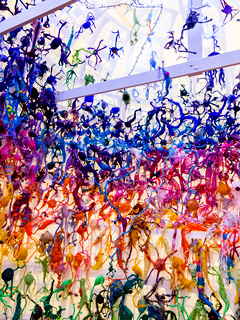
[downloaded from https://www.scienceweek.net.au/neural-knitworks/]




